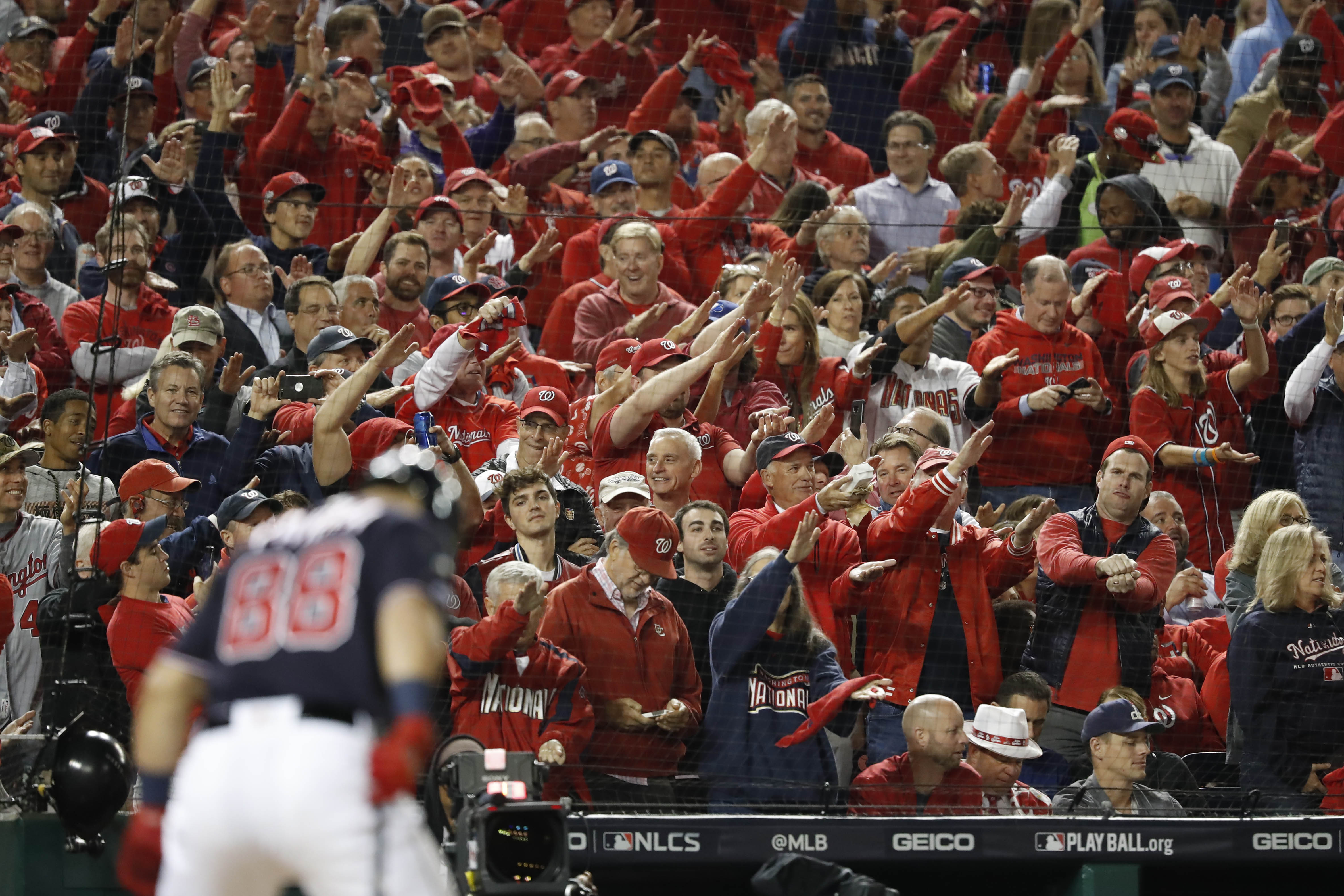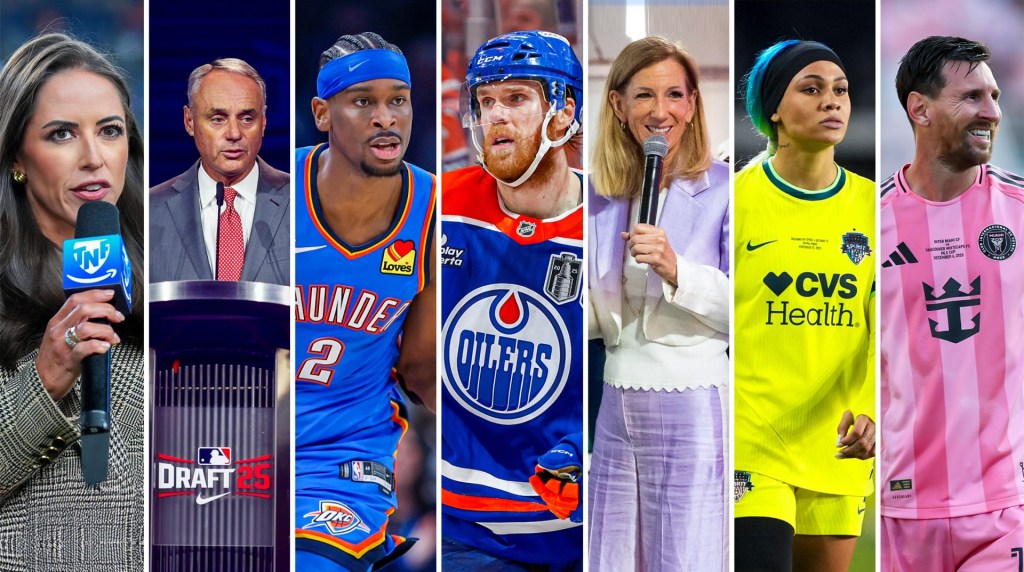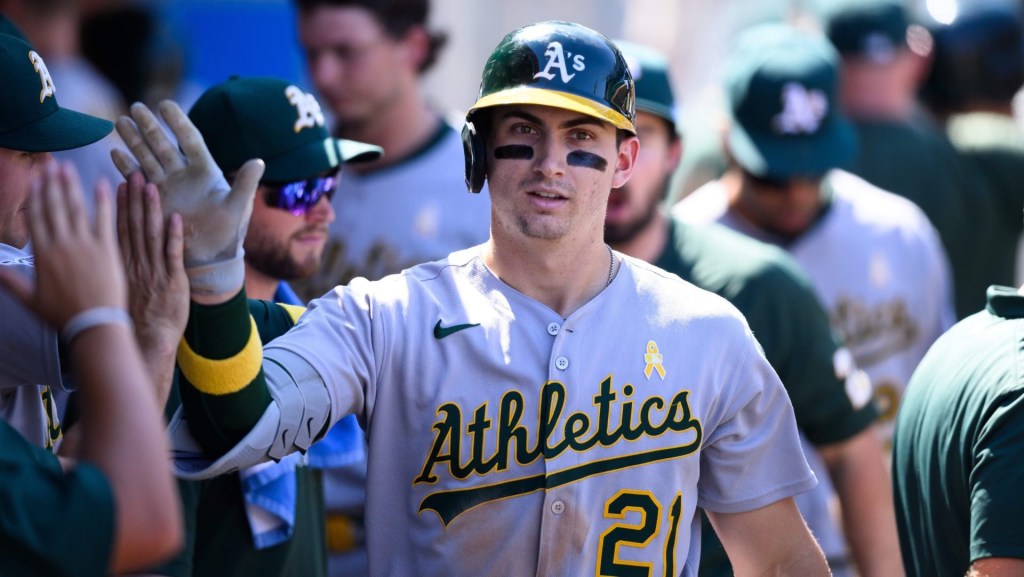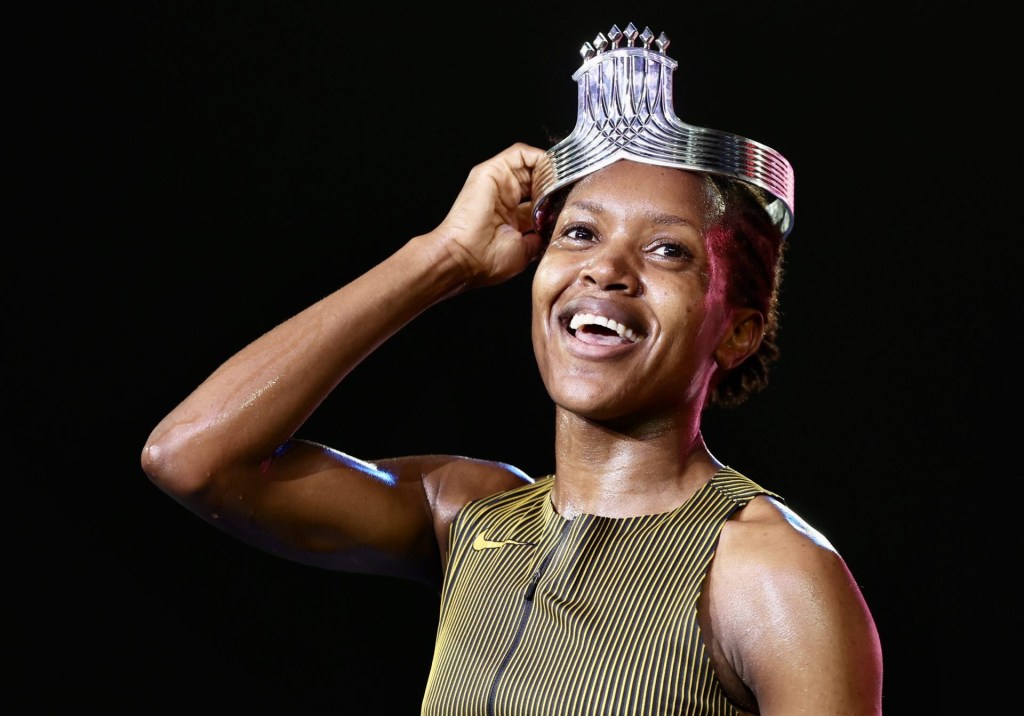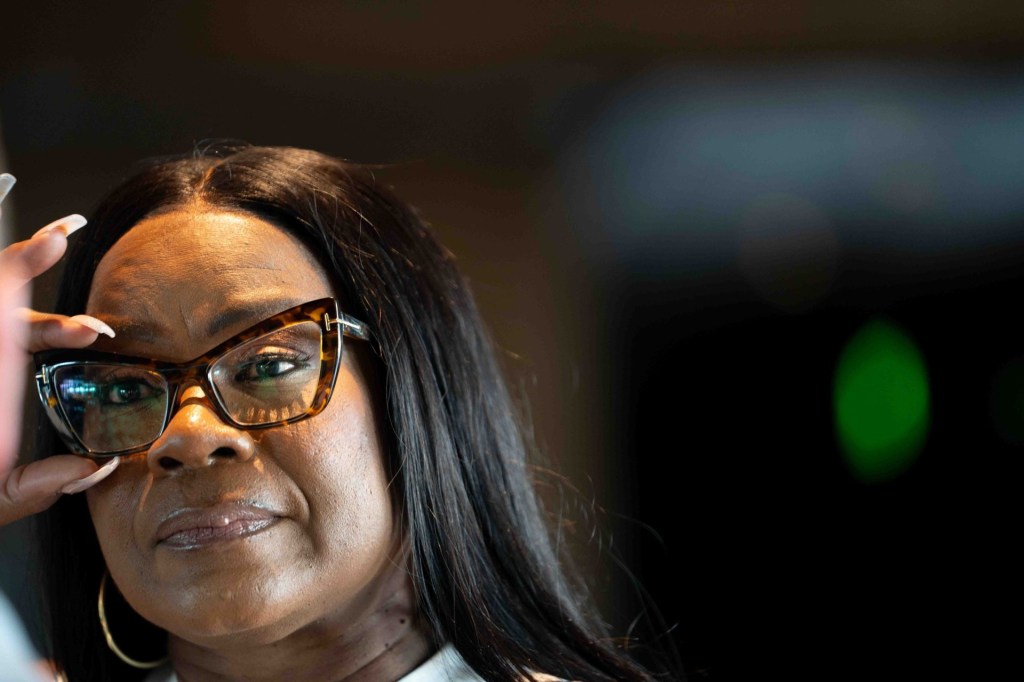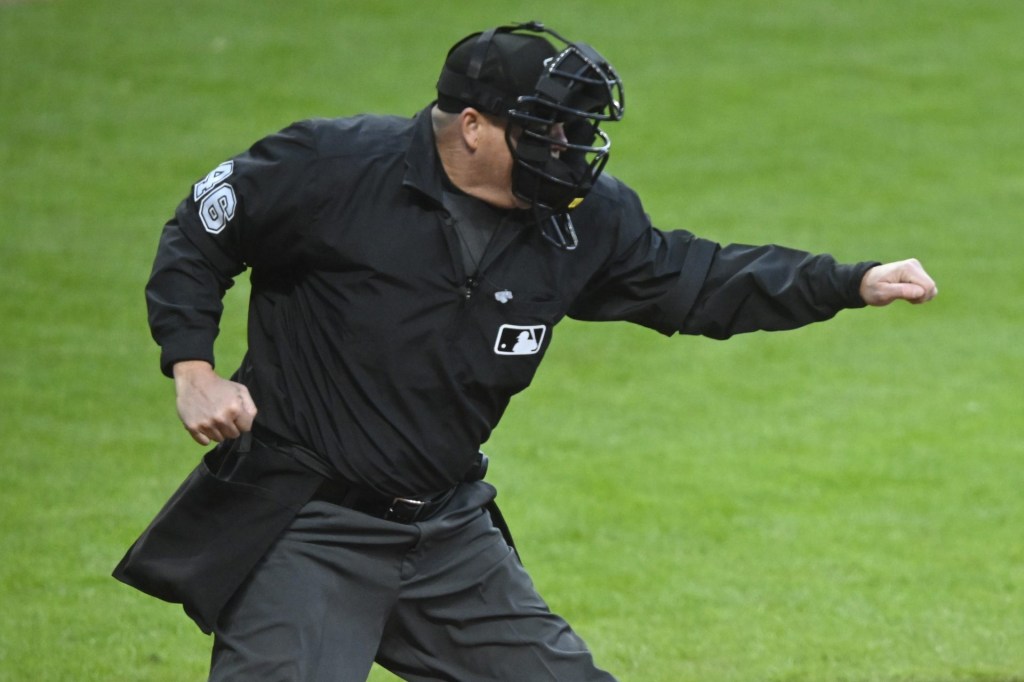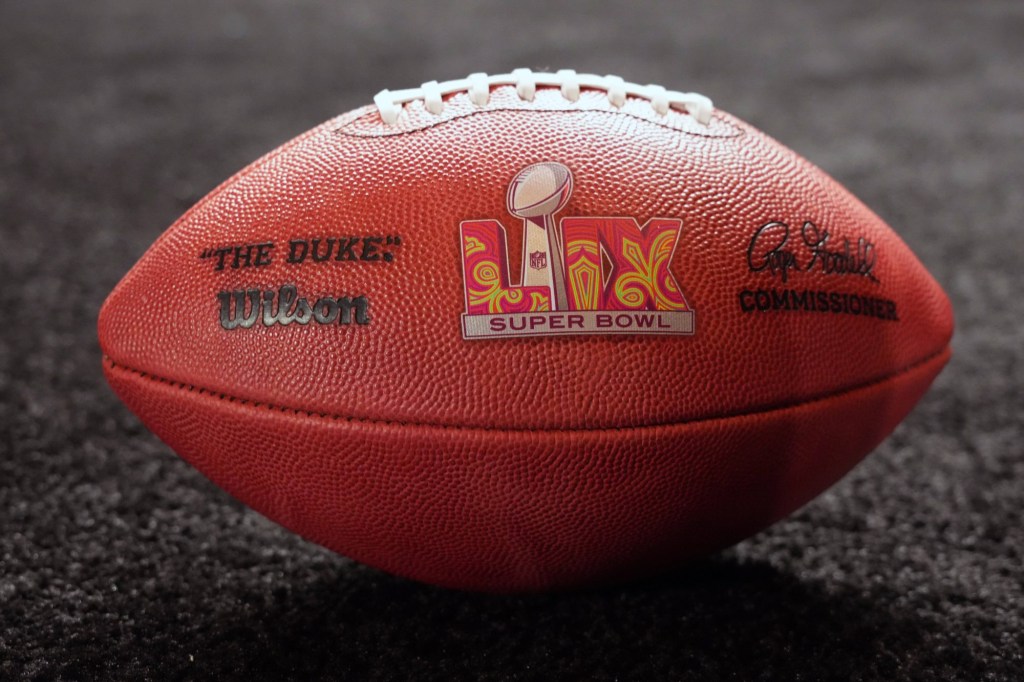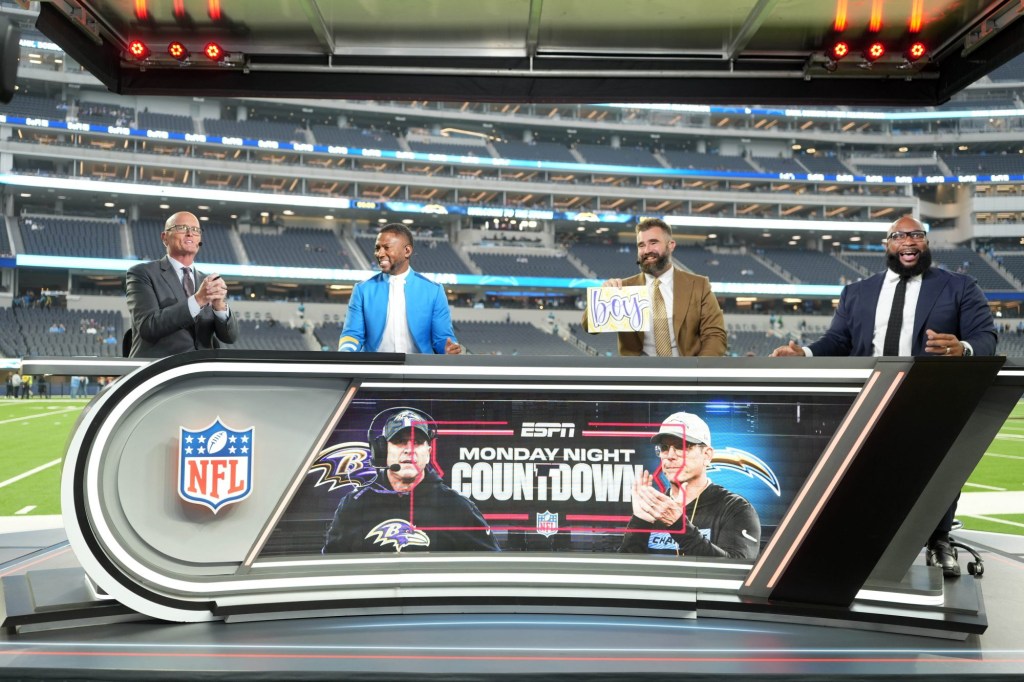It’s difficult in sports to know when the next out-of-the-box merchandise or stadium activation opportunity will present itself.
That is until it smacks you right in the face.
The “Baby Shark” craze prevalent throughout the Washington Nationals 2019 season, en route to the World Series title, is proof of that.
“In those situations, you are always reacting quickly to something that is sticking with fans,” said David Lundin, VP of production and broadcasting at the MLB club. “Our job is to lean into the things that are going well and enhance them.”
Baby Shark fever was born early in the 2019 season after Nationals newcomer Gerardo Parra – signed as a free agent in May – used the popular kids’ song as his walkup music before at-bats.
Noticing fans excitement for the moment, Lundin and his team created video graphics to play around Nationals Park at various points of the game. One of the animations featured Parra motioning in “Baby Shark gestures” on the jumbotron.
“The crowd went crazy the first time we played [the graphics],” said Lundin, “I have a small child, so I understood why it would be popular with kids, but I did not expect it to catch on like this.”
There was, of course, a clear merchandising opportunity around Baby Shark that the Nationals recognized. Throughout the summer and into the postseason, the club sold customized Parra-Baby Shark apparel for adults and kids designed by retailer BreakingT. Popular items included Baby Shark t-shirts, hoodies, headbands and plush hats, said a Nationals spokesperson.
BreakingT, an official MLB Players Association license partner, created the first Parra Baby Shark t-shirt in June. In addition to its ongoing marketing and retail partnership with the Nationals, BreakingT also works with more than 50 different baseball teams across MLB and Minor League Baseball, according to President Jamie Mottram.
“We had been selling Parra t-shirts online and at [Nationals Park] all summer long,” said Mottram. “It was a surprise to us that it became an instant phenomenon in October.”
READ MORE: MLB Playoffs Remain Big Draw For Top Brands
As popularity around Baby Shark merchandise picked up for BreakingT, the retailer created sweatshirts, decal stickers, and coffee mugs heading into the playoffs. The original Parra t-shirt design, however, was easily the number one product sold by the merchant during the season – outperforming merchandise for team stars Max Scherzer and Anthony Rendon, among others.
“He [Parra] did not contribute in any major way in the postseason, compared to Rendon, Howie Kendrick or Juan Soto. But he continued to compete at the register,” Mottram said.
BreakingT would not disclose any specific financials about the impact Baby Shark sales had on its business other than to say the company sold several thousand units. After the World Series, other MLB retail partners, including Fanatics, began creating their own versions of Baby Shark-themed shirts and accompanying memorabilia.
The Nationals said the closest the team has come to 2019’s Baby Shark fever in recent memory was seven years ago. Former catcher Michael Morse’s walk-up music at the time, “Take On Me” by a-ha, prompted fans to sing in unison before his at-bats.
But from an MLB perspective, the league has likely not seen a craze as large as Baby Shark since the “Rally Monkey” utilized by the 2002 Anaheim Angels, according to Alex Evans, managing director of L.E.K. Consulting and leader of the firm’s sports practice.
“Both teams won the World Series, amplifying the awareness beyond their core fan bases,” he said. “Both animals are also closely linked with positive on-field impact to create a narrative.”
READ MORE: NFL Teams Feeding Fans New Concession Benefits
The Nationals support of the phenomenon by playing Baby Shark-themed videos at Nationals Park helped the activation stick with fans, Evans added. And as a kids’ song originally, Baby Shark crossed demographic lines and appealed to entire families.
“Leagues and teams need to treat these phenomena as potential new franchises, similar to how a major studio like Disney would treat a new Pixar film release and activate across consumer packaged goods, TV, and other channels,” said Evans. “Leagues and teams need to approach these trends opportunistically and be ready to put the appropriate resources behind the trend to amplify reach and interest.”
